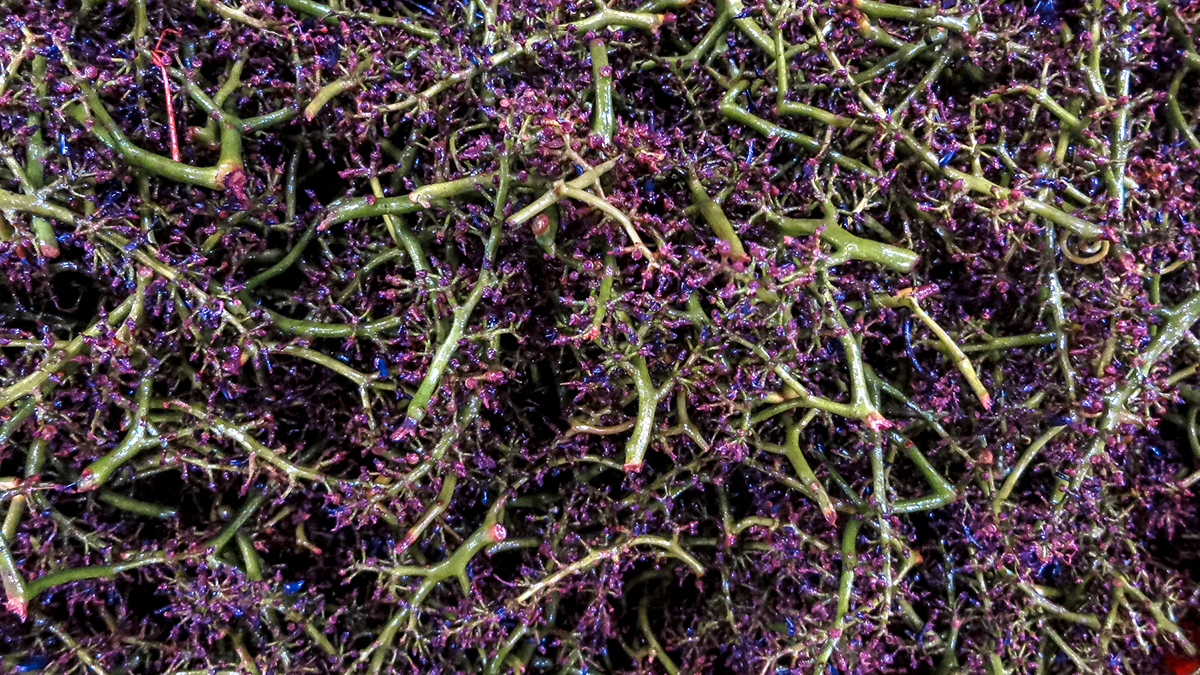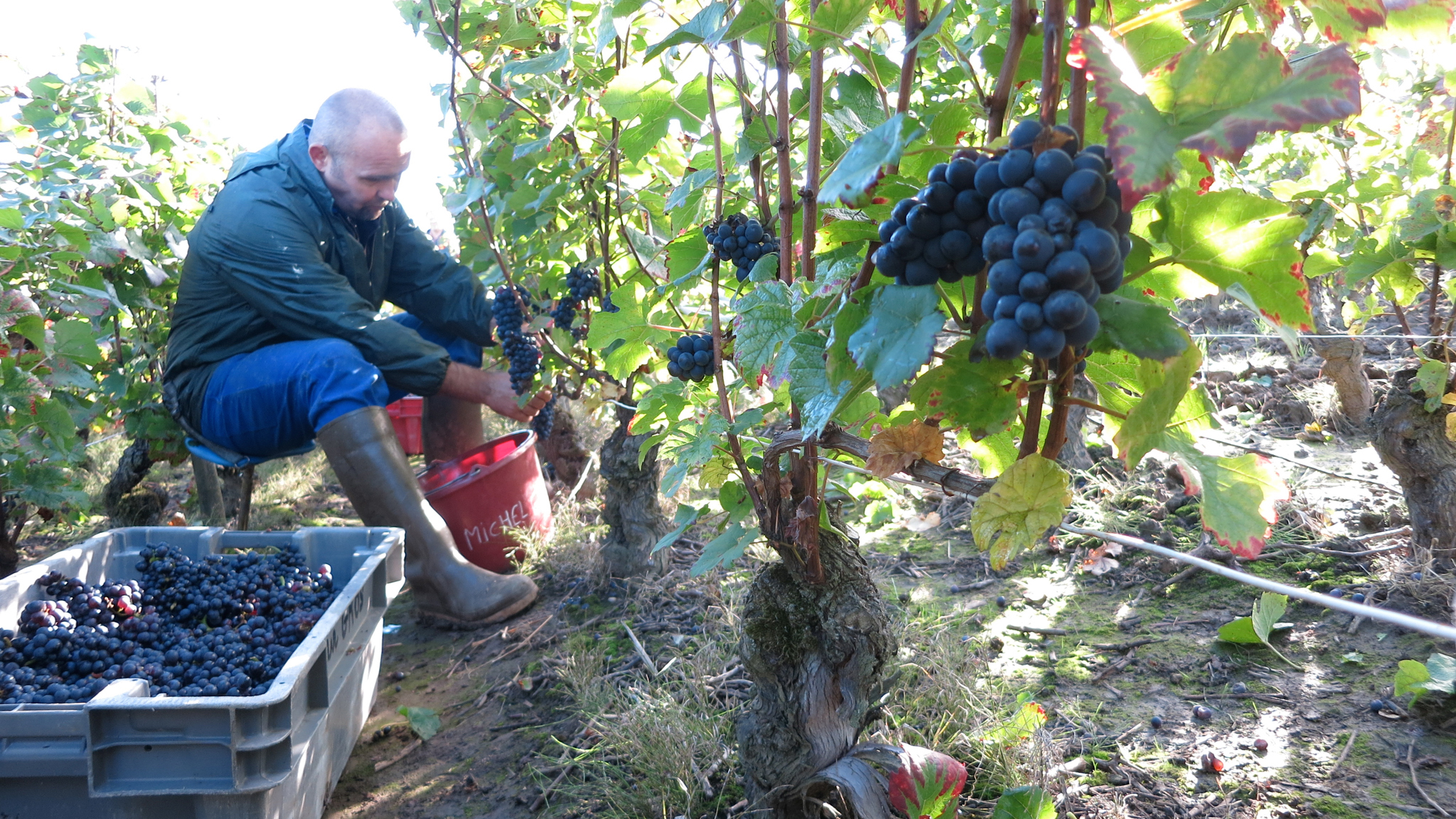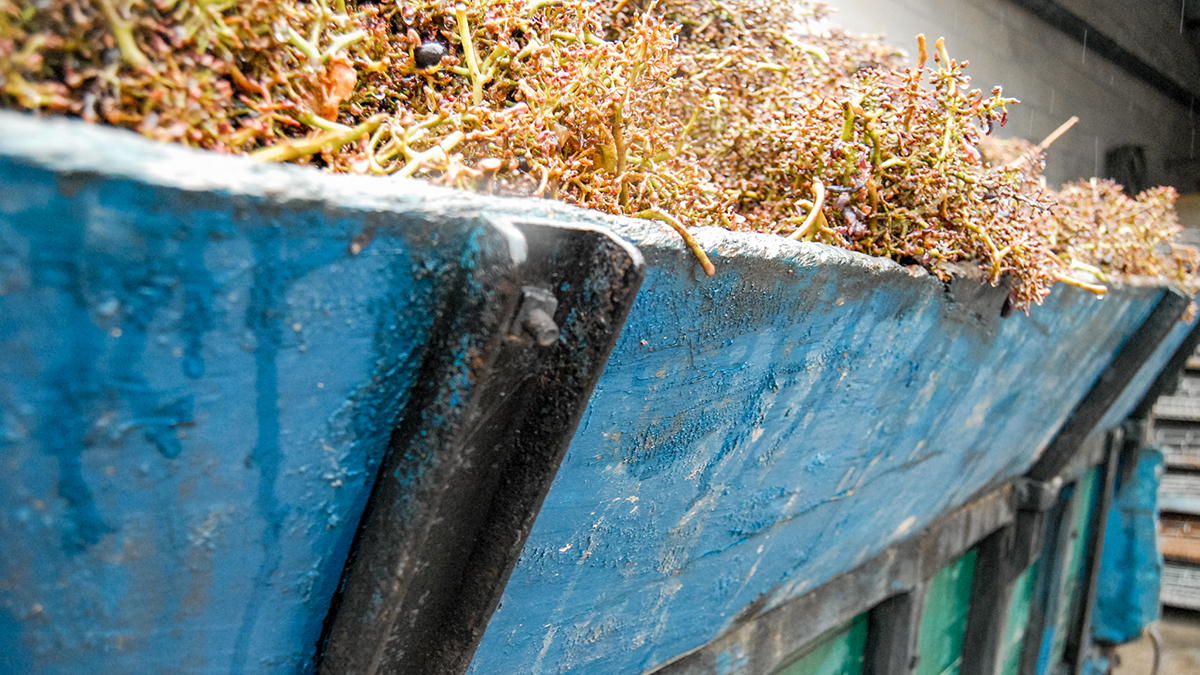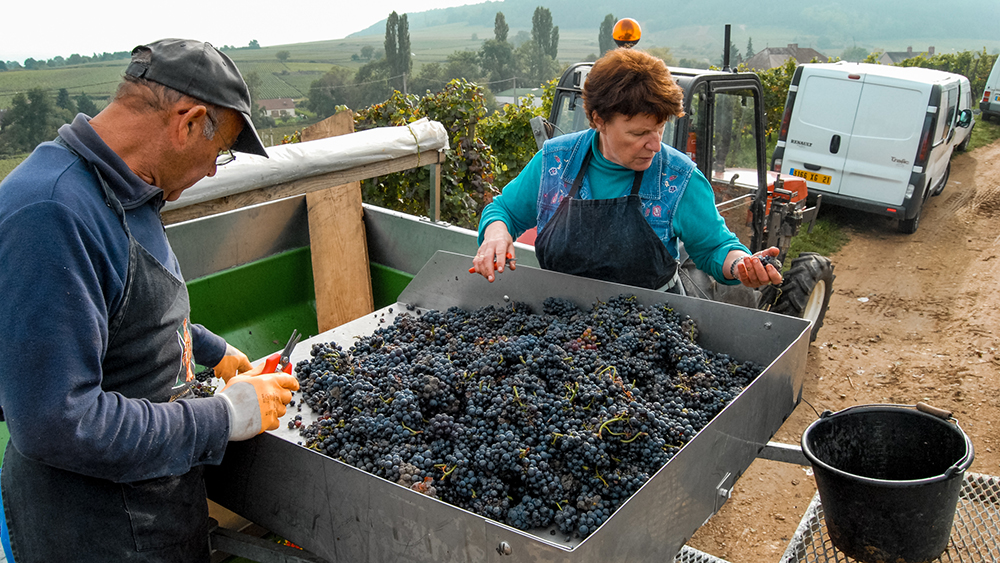
Ansonia Journal: Stems
March 3, 2021
What is “whole-cluster” winemaking?
At the end of the growing season, harvesters cut bunches of grapes from the vines and transport them to the winery. Winemakers then have a choice — remove the grapes from the stems and ferment the fruit alone, or leave the grapes on the stems and ferment the cluster as a whole. In recent years the whole-cluster trend has become more widespread, particularly in Burgundy.
How long has this trend been around?
As with many fads, the use of stems in winemaking is both new and very old. Throughout most of history, winemakers practiced whole-cluster fermentation out of necessity — in all but a few cases, manual destemming was prohibitively labor intensive. The invention of mechanical destemmers in the last century gave winemakers the choice of fermenting just the grapes, or the grapes and their stems.

How do stems affect wine?
Fermenting with stems changes the chemistry. Stems release potassium, which raises the pH of the juice and makes it less acidic. Stems also help mitigate the temperature during fermentation, a naturally exothermic reaction. Juice fermented with stems enjoys a slower, gentler extraction at cooler temperatures. Stems also bring added physical material to the fermentation tank, which enables berries to begin fermentation before the skins burst, a condition most winemakers consider ideal.
What do stems mean for the finished wine?
Fermenting whole clusters primarily affects the texture of the wine, adding tannin and structure, as well as notes of pepper, tea, and earth. Added structure and tannin can mean the wines hold up better over time in the cellar. Stems also absorb some of the pigment from the grape skin, making the juice (and eventually the wine) lighter in color. But most winemakers also agree that the color fades more slowly in whole-cluster wine.

What are the pitfalls in whole cluster fermentation?
Fermenting with stems must be done very carefully. Stems must be perfectly ripe — unripe stems can contribute herbal flavors and high levels of methoxypyrazines (a vegetal/green flavor). Stems also work best in high-acid varietals and vintages — adding stems to a very ripe (low acid) wine can even further reduce freshness and tension.
Who uses stems, and how much?
Stems work best with Pinot Noir and Syrah, and with some other varietals from the south. Whole cluster fermentation is less common in Bordeaux, whose varietals (Merlot, Cabernet Franc, Cabernet Sauvignon) have naturally high levels of methoxypyrazine (vegetal/green flavor).
Use of stems is by no means universal, though, and the decisions surrounding it contribute to distinct “house styles.” In Burgundy, Domaine de la Romanée Conti has always used 100% whole clusters, while the legendary Henri Jayer swore by 100% destemmed.

Several winemakers include or exclude stems based on their different cuvées — Pommard and Corton are notoriously hard to make with stems, while Volnay, Morey-St-Denis, Chambolle-Musigny, and Vosne-Romanée are more conducive to whole cluster winemaking.
Among Ansonia’s winemakers in Burgundy, Gros, Boursot and Varoilles destem 100% of their cuvées; Belland and Amiot use up to 30% whole-cluster depending on the vintage. Outside Burgundy, Bonnefond and Tunnel use some whole-cluster fermentation; Dumien-Serrette destems their Cornas Patou, but not their Cornas Henri; Goubert destems everything. Jacqueline André and Clos du Joncuas, masters of the old-school southern style, use 100% whole clusters for their Grenache-based wines.
TW
_______________________________
Download this article as a PDF
